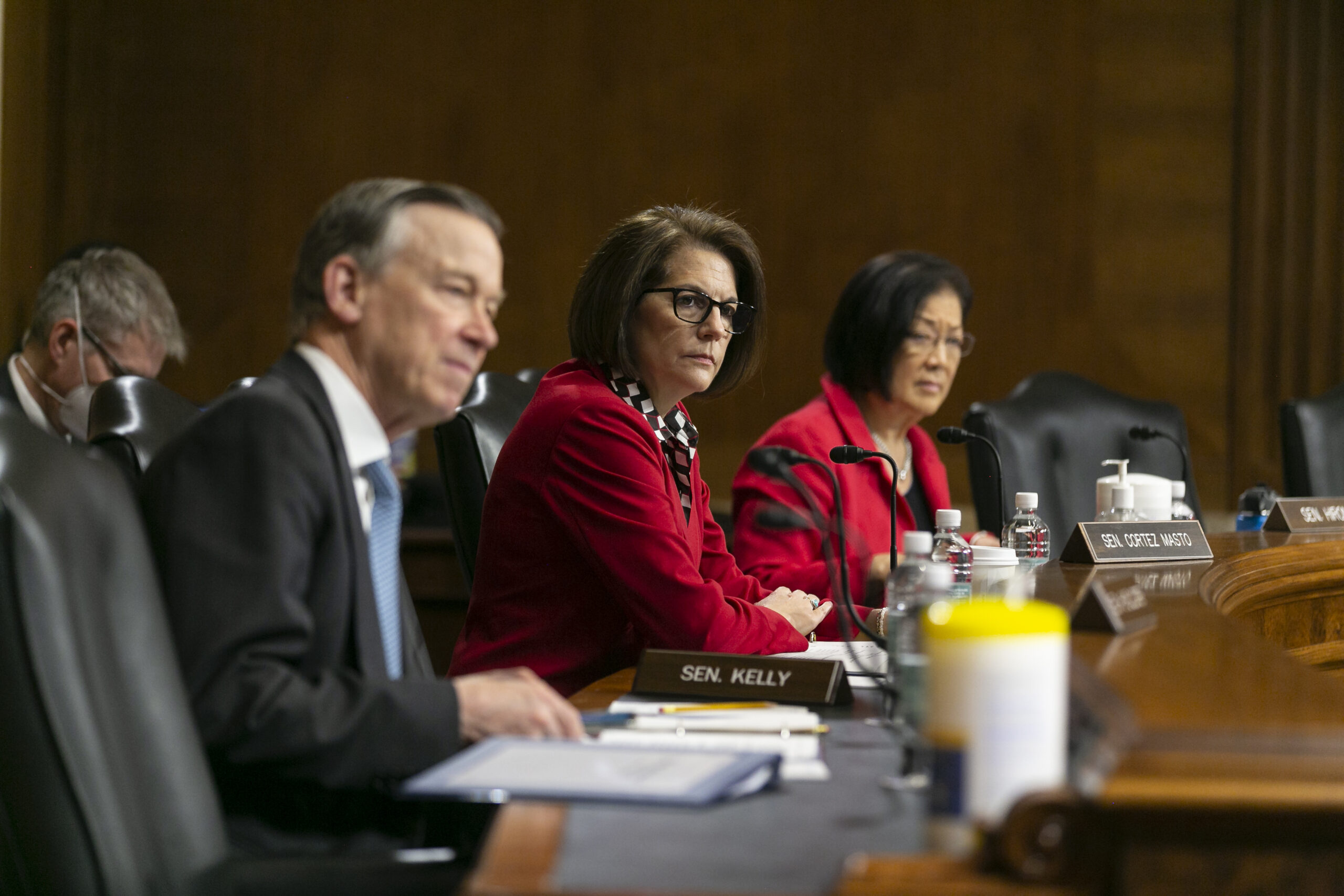Loan forgiveness is meaningless without reform

Sen. Catherine Cortez Masto (D-NV) is right to say that President Joe Biden’s recent executive action on student loan debt does nothing to address the underlying issues of unaffordability in higher education.
However, it’s actually worse than that — the White House’s actions actively reward those who have made college degrees so unaffordable in the first place.
Breaking party rank, Cortez Masto released a statement last week expressing her disagreement with the White House’s recent executive action. And to be fair, there are plenty of reasons from which she could have chosen to justify her opposition.
As former Treasury Secretary Larry Summers pointed out, such loan forgiveness will likely accelerate inflation. And according to a recent Penn Wharton Budget model, “about 70 percent of debt relief accrues to borrowers in the top 60 percent of the income distribution” — meaning the plan is, in and of itself, largely regressive in nature.
However, Cortez Masto’s objection is actually more important than either of those economic concerns for anyone who is serious about ensuring college remains accessible to a greater number of students — which is what Democrats claim to care about.
Rep. Dina Titus (D-NV), for example, was quick to praise the White House for “making higher education more accessible for everyone, especially women and people of color who are disproportionately harmed.”
Unfortunately, forgiving $10,000 worth of student loans for individuals making less than $125,000 per year does no such thing.
The White House debt cancellation plan does nothing to reform or alter the incentives, regulatory framework or culture of an educational system that — aided by the government-run student loan program — has grown increasingly predatory and expensive. As Joe Biden noted when he announced his executive action, “An entire generation is now saddled with unsustainable debt in exchange for an attempt, at least, at a college degree.”
But what does mild cancellation of debt do to alter the predatory system that has entrapped so many young Americans in crippling debt? As Cortez Masto rightly points out: Nothing.
For years, the federal government has overseen student loans — creating an environment that virtually guarantees endless tuition increases through loose lending practices. Just like the housing bubble in the early 2000’s, handing out “unsustainable” and unaffordable loans to an entire generation of college students has helped contribute to a massive inflationary effect on the cost of college degrees.
Had such lending been underwritten by mustachioed bankers looking to bundle risky loans into sketchy securities, it’s almost a guarantee that politicians would have unleashed their full wrath on the unscrupulous practice long ago — rather than merely hand out tax dollars to pay off what was owed.
And while the government student loan program continues to make the early 2000s mortgage business look like a gold standard of responsible lending, colleges and universities are free to keep using the seemingly limitless flow of easy federal loans to hike tuition rates even further. After all, what does it matter how much a university charges for tuition when the federal government is — quite literally — guaranteeing loans with little regard for whether or not students will ever be capable of paying them back? No wonder the Committee for a Responsible Federal Budget estimates that it will only take a few years for debt levels to return to where they are now.
In her statement, Cortez Masto promoted her proposed expansion of Pell grants as a reasonable alternative to the White House’s recent actions — however, getting to the core of higher education’s unaffordability is going to require something beyond mere tuition assistance. It is going to require returning a sense of accountability to the loan process and, by extension, to the colleges and universities that profit off of it — institutions that have taken great advantage of government’s willingness to lend such vast amounts of money to students who are, ostensibly, incapable of paying it back.
Bailing out borrowers is not going to incentivize universities or colleges to keep costs down — nor will it reduce the incentive of would-be students to access easy credit.
Regardless of what one might think about her proposed solutions or the practice of canceling student debt in general, Cortez Masto quite clearly recognizes that Biden’s executive order isn’t, as Titus described it, “making higher education more accessible” to anyone.
Rather, it is rewarding and encouraging the very predatory practices that made it so unaffordable in the first place.
Michael Schaus is a communications and branding consultant based in Las Vegas, Nevada, and founder of Schaus Creative LLC — an agency dedicated to helping organizations, businesses and activists tell their story and motivate change. He is the former communications director for Nevada Policy Research Institute and has more than a decade of experience in public affairs commentary as a columnist, political humorist, and radio talk show host. Follow him at SchausCreative.com or on Twitter at @schausmichael.
